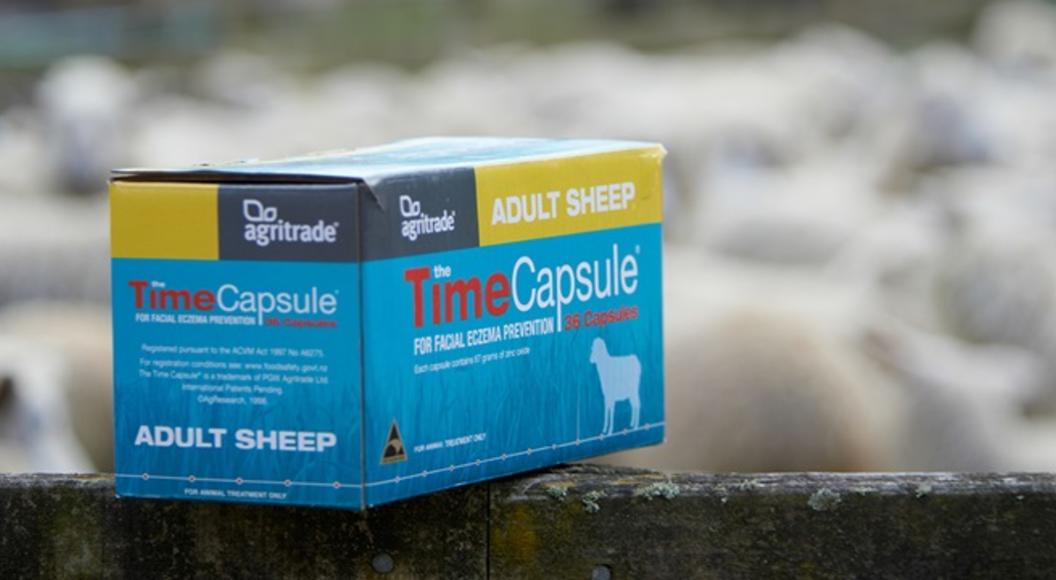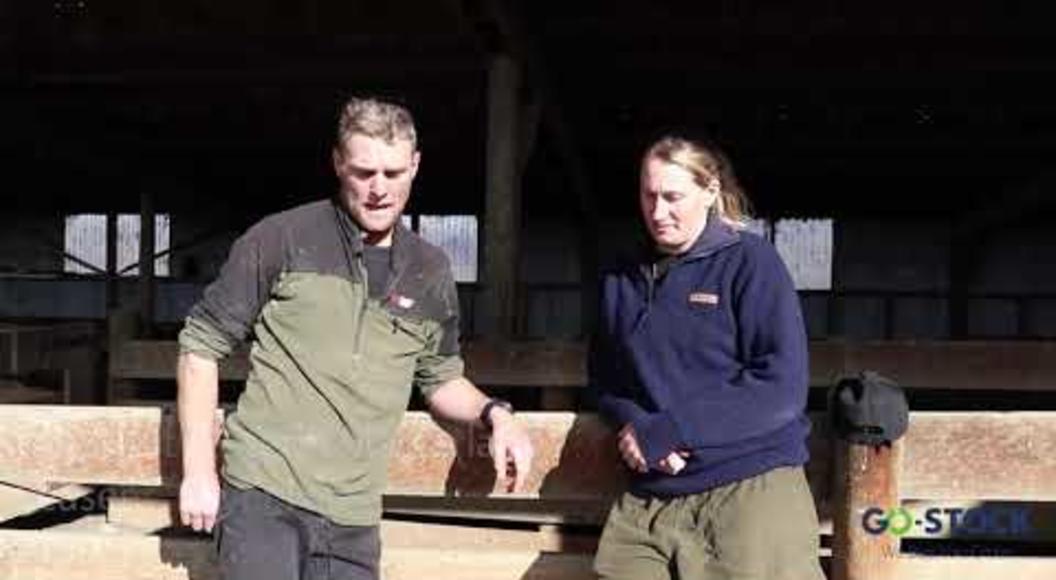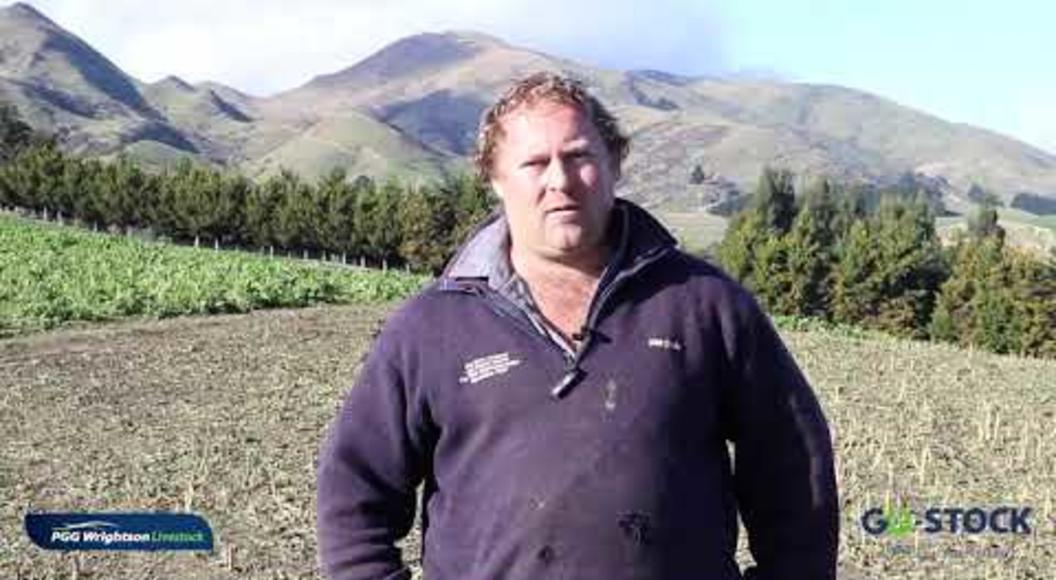
The fundamentals behind reproductive success
By managing Body Condition Score (BCS) post-calving, cows can cycle early with high conception rates.
Herd reproductive success requires a multi-factorial approach. It has been shown that BCS is a key factor that contributes to good fertility1. The foundation for achieving good mating results is a minimum 4.0 BCS and rising at the start of mating.
While this points towards nutrition as a key differentiator, it is important to be mindful of the big picture. “Remember that early in lactation the cow is in an extremely metabolically stressed state” explain Ruminant Nutrition Expert, Paul Sharp. “After producing a calf, her rumen is still expanding and struggling to cope with the increased feed intake that is necessary to produce peak milk production levels.”
While cycling typically starts three weeks after calving for healthy cows (and five weeks for heifers), it is easy for adverse weather conditions to disrupt things. Paul cautions that any additional stress, such as insufficient quantity or quality of feed widening the cows’ dietary energy deficit, can quickly tip the scales.
“It invariably affects the reproductive function first and delays the crucially important physiological target, the start of cycling” he says.
That is where a focus on maintaining good BCS provides the necessary peace of mind. Paul’s advice is straight forward:
"Make sure the herd’s BCS doesn’t drop below 4.0 after calving, and keep the cows on a rising plane of nutrition with weight gain through mating. This strategy will substantially enhance cycling performance."
It is important that the feed offered accounts for a realistic wastage factor to ensure actual intake meets the animals’ requirements. Additional energy may be necessary if cold weather decreases pasture yield; or if warm weather increases pasture growth compromising quality. Both of these scenarios create a tricky conundrum, how to cope with reduced quality and/or quantity of pasture at the same time as energy demands are increasing?
Incorporating energy dense feed, such as SealesWinslow’s Hi Starch pellets, is a good strategy to address potential pasture shortages and/or compromised quality. Quite simply, this feed option helps reduce the energy deficit. Inclusion of added minerals, such as copper, selenium and iodine can ensure strong heats and good embryo implantation.
Ultimately, good BCS bolstered by a high-quality diet goes a long way towards ensuring that cows start cycling well in preparation for mating success.
To determine where and how the SealesWinslow Hi Starch pellets can assist with optimising reproductive performance, contact your local PGG Wrightson Technical Field Representative.
1Holmes C.W. 2001. Managing herd fertility in the New Zealand dairy herd. New Zealand Society of Animal Production. 61: 135-140.
SUPPLIED BY SEALESWINSLOW


